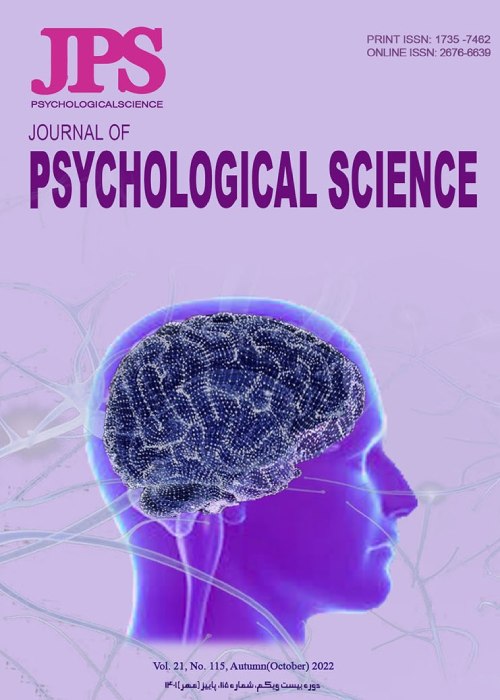Comparison of the quality model of smart educational services from the viewpoint of recipients and service providers
Today, quality of services is one of the main factors for the survival and growth of any type of organization, including educational organizations. Service providers and service recipients both play key roles in determining the quality of services.
The purpose of this study was to compare the quality model of smart educational services from the viewpoint of recipients and service providers based on the HEdPERF model.
The present research is from the perspective of exploratory-applied orientation and from the perspective of descriptive-survey goal. The statistical population of smart schools in region 2 of Tehran, which has 4 smart schools, has a total of 240 students and 83 teachers and teaching staff. The number of samples obtained for service recipients (students) is 148 and 64 people as a statistical sample of service providers (teachers and teaching staff). A questionnaire was used to collect research data. To compare the quality of smart educational services between these two groups, t-test with two independent samples was used.
For all 6 components of quality of education services including educational aspect, educational performance, program, non-educational aspect, access and reputation between service recipients and service providers, there is a significant difference of 99% confidence level. In other words, in all six mentioned aspects, the service providers evaluated the current situation better than the service receivers.
From the perspective of service recipients, the average quality of services provided is lower than that of service providers. That is, there is a gap between the views of service providers and recipients Such a result was somewhat predictable, because most of the service providers evaluate the quality of their services more favorably than the service receivers, and the service receivers usually have more critical opinions about the various dimensions of the services provided.
-
A Financial Reporting Model for Regional Electric Companies in Iran
Jafar Babajani *, Mohammad Javad Salimi, Mhammad Taghi Taghavi Fard, Ehsan Mohebi
Journal of Empirical Studies in Financial Accounting, -
A multi-objective robust possibilistic programming approach to designing sustainable and reliable closed-loop supply chain network (case study: aluminum industry)
Sajad Amirian *, Maghsoud Amiri, Mohammadtaghi Taghavifard
Journal of Decisions and Operations Research,



